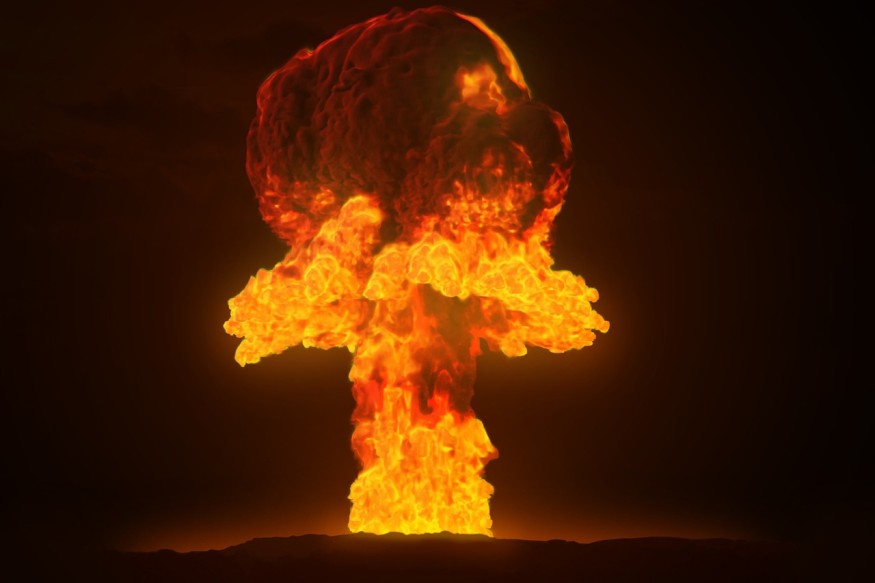Nuclear war is one of the major threats the world has been facing for decades since the initial atomic bomb tests were conducted between 1945 and the 1950s. The thought of such war may occur is both theoretically and literally terrifying. The threat involves at least two or more countries possessing the said armament and launching it against each other or even other nations, creating a chain effect.
In this scenario, regional or global nuclear bomb explosions endanger not only humans but also animals, plants, and the wider environment making up Earth. Based on previous tests, as well as the atomic bombs dropped on Hiroshima and Nagasaki during World War II, the immediate impact of the explosion and its radiation is enough to kill instantly or gradually those affected by the blast.
Now, researchers have collectively warned, through more than 100 top medical journals, about the looming nuclear threat. They highlighted a 'potential nuclear catastrophe' is drawing near amid the current global conditions, including the tensions in Europe due to the Russian-Ukrainian conflict. The warning also acknowledges the dangers even of a 'limited nuclear war,' as cited by reports.
Nuclear Catastrophe Threat

In a rare collaboration, over 100 medical journals worldwide issued the warning on Thursday, August 3, calling for an urgent action to end nuclear weapons. Researchers involved in these journals highlighted that the nuclear catastrophe threat is "great and growing," as cited by Science Alert.
The dire warning comes as Russia have repeatedly issued threats that it may use nuclear weapons on Ukraine, which has sought and received help from Europe and the United States. The said conflict has dragged on for more than a year now since it started in late February 2022, when Russia entered eastern Ukraine.
Some of the journals include the BMJ, JAMA, Lancet, and the New England Journal of Medicine, where the urgent call was published as editorials. Researchers involved in the collective warning also belong in the medical field. With this, they have warned health professionals across the globe to alert their citizens and leaders regarding the serious threat to public health posed by using nuclear weapons, Science Alert reported.
Nuclear Disarmament and Deterrence
Calls for nuclear disarmament date back decades ago from none other than the "father of the atomic bomb" itself, J. Robert Oppenheimer, an American theoretical physicist. Oppenheimer's just after the world's first nuclear explosion on July 16, 1945. The practice of disarmament aims to either mitigate or eliminate the possession and use of nuclear weapons.
Since then, international policies surrounding nuclear weapons have been applied such as the United Nations' Nuclear Non-Proliferation Treaty (NPT), which was signed in 1968 and enforced in 1970. Since then, nuclear deterrence has been used involving nuclear-armed countries worldwide, including the U.S. and Russia.
Based on the deterrence theory, nuclear weapons serve to deter or discourage other nations from attacking with their own nuclear arsenal through the guarantee that such action will be reciprocated with the same means.
Related Article: Survival 101: Here are 7 Animals That Can Survive a Nuclear War
© 2025 NatureWorldNews.com All rights reserved. Do not reproduce without permission.





